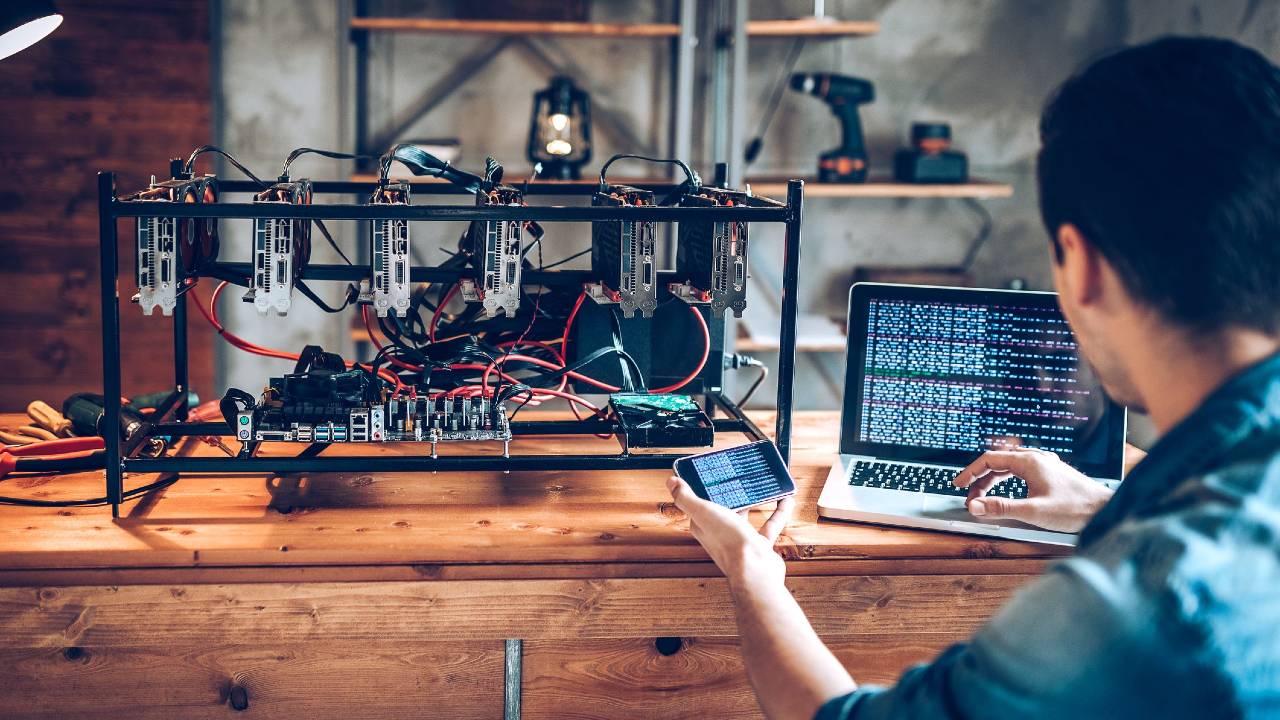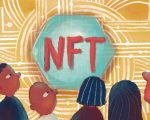Mining cryptocurrencies can be a lucrative way to earn passive income, but it’s not for everyone. In this guide, we’ll cover the basics of what mining is, how it works, and why it’s important. You’ll also learn about the different types of mining hardware available and which one is right for you. Finally, we’ll walk you through the step-by-step process of setting up your mining rig.
By the end of this guide, you’ll be ready to start mining cryptocurrencies!

What is cryptocurrency mining?
Cryptocurrency mining is the process of verifying and adding transactions to the public ledger (known as the blockchain). In return for their services, miners are rewarded with cryptocurrency. Mining is an important part of most cryptocurrencies, as it helps to secure the network and add new coins to circulation. How to crypto mining? To answer this question let’s take a look below.
How does cryptocurrency mining work?
Cryptocurrency mining is a process that can be divided into two parts: verifying transactions and adding them to the blockchain, and receiving a reward for doing so.
To verify transactions, miners need to solve complex mathematical problems. This requires significant computing power, which is why miners tend to use powerful computers (known as ASICs) designed specifically for mining.
Once a transaction has been verified, it is added to the blockchain. Miners receive rewards for each transaction they verify, which is typically a portion of the transaction fees.

Algorithms of mining
Proof-of-work
Proof-of-work is the most common mining algorithm. It’s used by Bitcoin, Ethereum, and many other coins. The idea behind proof-of-work is that miners are rewarded for their work in verifying transactions on the blockchain. The more work they do, the more they’re rewarded.
To verify transactions, miners must solve complex mathematical problems. This requires a lot of computational power, which is why mining rigs are often equipped with powerful GPUs.
Once a miner has solved a problem, they can add a block to the blockchain and receive a reward in the form of cryptocurrency. The amount of cryptocurrency earned depends on the coin being mined and the difficulty of the problem.
Proof-of-stake
Proof-of-stake is a different mining algorithm that doesn’t require miners to solve complex mathematical problems. Instead, they can earn rewards for validating transactions on the blockchain. The more blocks they validate, the more rewards they receive.
To validate transactions, miners need to hold a certain amount of the coin that they’re mining. This is known as their “stake.” The size of the stake determines how likely a miner is to validate a block and earn a reward.
Proof-of-stake is used by many different cryptocurrencies, including Cardano and NEO.
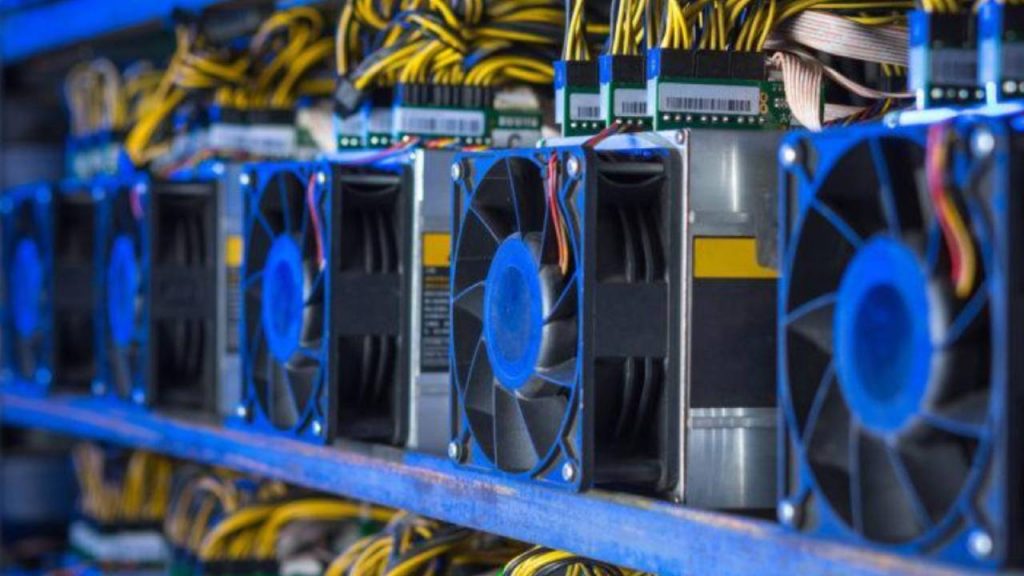
Key Takeaways
What Is The Mining Maths Puzzle?
The Mining Math Puzzle is a computational problem that miners must solve to confirm a cryptocurrency transaction.
The difficulty of the mining math puzzle varies depending on the cryptocurrency being mined. Bitcoin, for example, has a more difficult puzzle than Ethereum.
Miners use special-purpose hardware to solve the mining math puzzles. This hardware is called an ASIC (Application-Specific Integrated Circuit). ASICs are purpose-built to solve the mining math puzzle for a specific cryptocurrency. They are not for general purposes like a CPU or GPU. The first ASIC was used to mine Bitcoin and was released in 2013. Since then, ASICs have been developed for many different cryptocurrencies.
What Is Mining Difficulty?
Mining difficulty is a measure of how difficult it is to find a hash below a given target. The higher the mining difficulty, the higher the hashrate required to find a block.
The difficulty of the mining math puzzle varies depending on the cryptocurrency being mined. Bitcoin, for example, has a more difficult puzzle than Ethereum.
What Are The Economics Of Mining?
The economics of mining is simple. Miners are rewarded with cryptocurrency for solving the mining math puzzles. The amount of cryptocurrency depends on the cryptocurrency being mined and the difficulty of the puzzle.
Mining is an important part of most cryptocurrencies, as it helps to secure the network and confirm transactions.
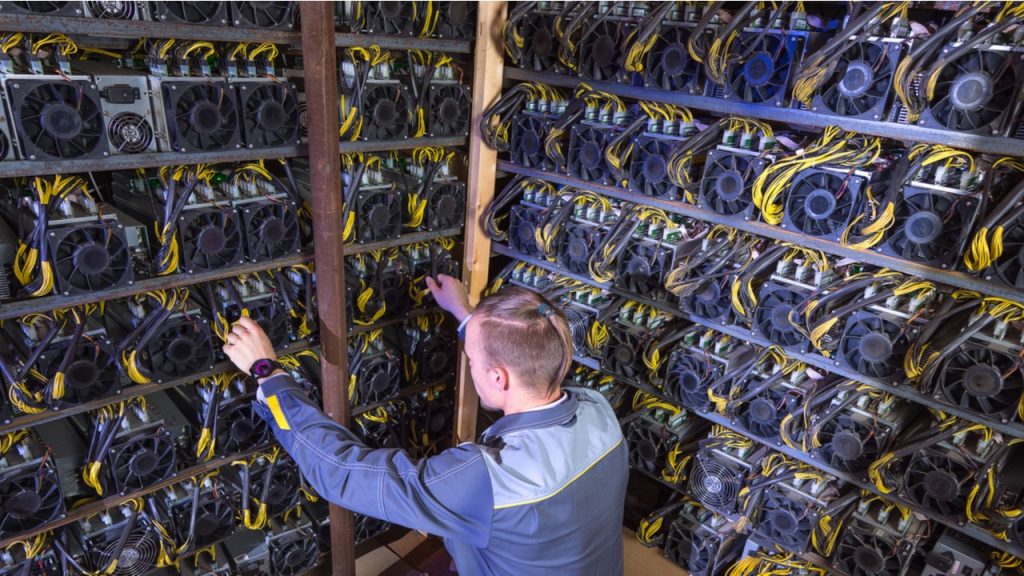
The Mining Process
What Is A ’64-digit Hexadecimal Number’?
A 64-digit hexadecimal number is a number that is represented by 16 digits, where each digit can be any of the 16 numbers from 0 to 9 or from A to F.
The mining process refers to the process of verifying and adding transaction records to the public ledger (blockchain). Miners achieve this by solving a complex mathematical puzzle called a hash.
When a miner solves a hash, they are rewarded with a certain amount of cryptocurrency. The amount of cryptocurrency depends on the coin that is being mined and the difficulty of the puzzle.
How Do I Guess At The Target Hash?
The target hash is a 64-digit hexadecimal number. The only way to find the target hash is by guessing at it.
This is where miners come in. Miners use specialized hardware to guess at the target hash. The hardware that miners use is called an ASIC (Application-Specific Integrated Circuit).
ASICs are designed specifically for mining and are much more effective at it than regular computers.
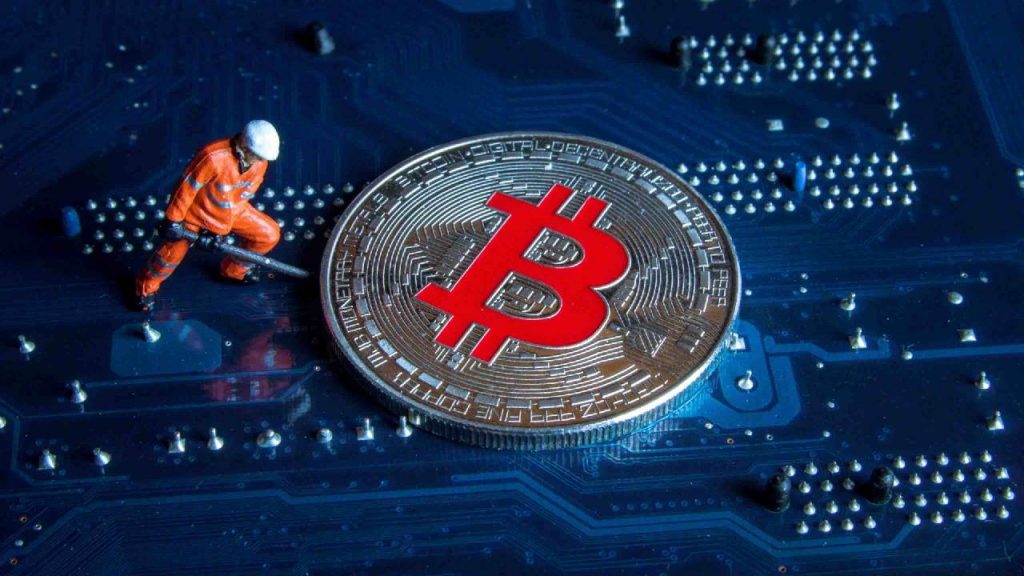
What Are Mining Pools?
Mining pools are groups of miners that work together to mine a cryptocurrency. By pooling their resources, miners can increase their chances of finding a block and receiving a reward.
When a block is found, the rewards are distributed among the miners in the pool according to their contribution. For example, if a pool has 100 miners and one of them finds a block, that miner will receive 99% of the rewards.
Mining pools are a popular way to mine cryptocurrencies, as they can increase your chances of finding a block and receiving a reward. There are many different mining pools available, so it’s important to choose one that suits your needs.
When choosing a mining pool, there are a few things to consider:
- Hashrate: The higher the hashrate of a pool, the greater its chances of finding a block.
- Fee: Some pools charge a fee for their services. This can be a percentage of your rewards or a flat fee.
- Location: It’s important to choose a pool that’s located close to you, as this will reduce your latency and increase your chances of finding a block.
- Reputation: It’s important to choose a reputable pool that has a track record of paying its miners.
Now that you know what mining pools are and how they work, let’s take a look at the importance of the mining rig.
Please read our article about choosing right mining tools before buying it.
Why is cryptocurrency mining important?
Cryptocurrency mining is important because it helps to secure the network and add new coins to circulation. By verifying transactions and adding them to the blockchain, miners help to prevent fraud and ensure that the cryptocurrency remains accessible to everyone.
Mining also provides a way for people to earn cryptocurrency without having to invest in it directly. This can be a great way to get started with cryptocurrencies, as it allows you to start earning rewards immediately.
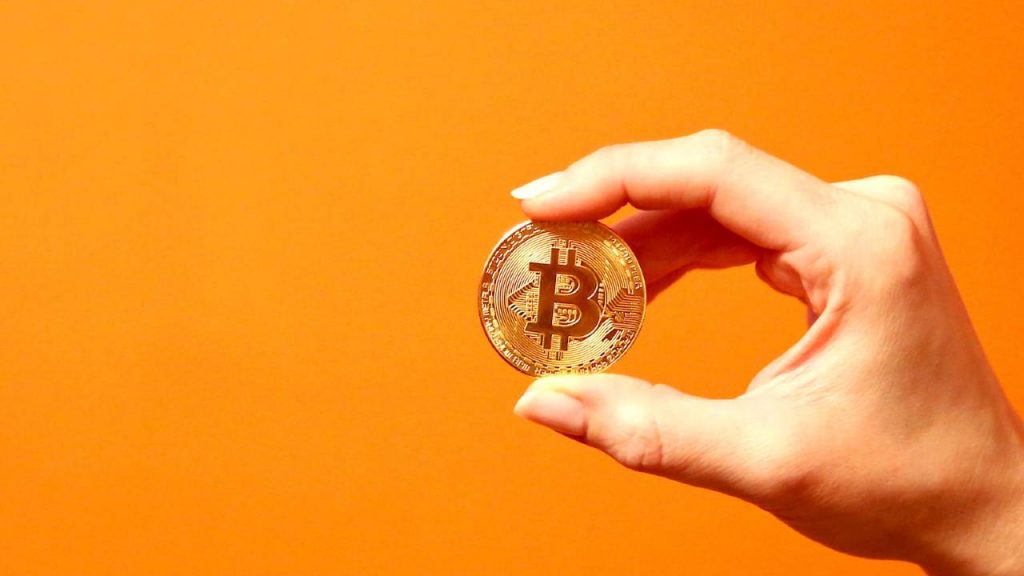
What are the different types of cryptocurrency mining hardware?
There are three main types of mining hardware: CPUs, GPUs, and ASICs.
- CPUs: Central Processing Units (CPUs) are the brains of your computer. They can be used for mining, but they are not very efficient at it.
- GPUs: Graphics Processing Units (GPUs) are usually used for gaming, but they can also be used for mining. GPUs are more efficient than CPUs, but they require more power and generate more heat.
- ASICs: Application-Specific Integrated Circuits (ASICs) are the most efficient type of mining hardware. They are designed specifically for mining and cannot be used for anything else. ASICs are expensive, but they will pay for themselves quickly if you’re serious about mining.
- You’ll also need mining software such as CGMiner, BFGMiner, or EasyMiner. We’ll cover how to set up your mining software in the next section.
Finally, you’ll need a place to store your mined cryptocurrencies. This is usually done through a cryptocurrency wallet. We recommend using a software or hardware wallet for security.
Which type of cryptocurrency mining hardware is right for me?
The answer to this question depends on a few factors:
- How much money you’re willing to spend
- How much power you’re willing to use
- How much heat you’re willing to generate
- What your goals are for mining
If you’re just getting started with mining, you may want to opt for a more affordable option like CPU or GPU mining. However, if you’re willing to invest in some higher-end hardware, ASIC miners can provide better results.
ASIC miners are purpose-built machines that are designed specifically for mining cryptocurrencies. They are much more expensive than other types of mining hardware, but they also offer better results in terms of hashrate (mining speed) and power efficiency.
Does Crypto Mining Damage Your Gpu/computer?
No, crypto mining will not damage your computer or GPU. However, if you do not have proper cooling for your mining rig, it could overheat and cause hardware damage. Make sure you have good ventilation and cooling for your rig to avoid any problems.

How do I set up my cryptocurrency mining rig?
- Choose your mining hardware
- Set up your mining rig
- Install your operating system
- Configure your mining software
- Start mining!
How Much A Miner Earns?
The amount a miner earns is directly proportional to how much work they do. The more work they do, the more they earn. It’s that simple.
The current reward for completing a block is 12.5 BTC. However, this number will halve every 210,000 blocks mined (approximately every 4 years). So, if the price of BTC remains the same, miners will eventually earn less BTC for their efforts.
However, the price of BTC is anything but stable. It’s incredibly volatile. This means that miners can (and do) earn more or less depending on the current market conditions.
When BTC is priced high, mining is more profitable. When BTC is priced low, mining is less profitable.
Of course, there’s more to it than that. Miners also incur costs, like electricity, for example. So, even when BTC is priced low, miners can still turn a profit if their costs are low enough.
What are some things to keep in mind when mining cryptocurrencies?
When mining cryptocurrencies, there are a few things to keep in mind.
- First, make sure you have a strong understanding of the cryptocurrency you’re trying to mine. Make sure you know the ins and outs of the blockchain and how mining works before investing in any hardware.
- Second, research the different types of mining hardware available. There’s no one-size-fits-all solution, so you’ll need to find the right hardware for your needs.
- Third, make sure you have a good understanding of the mining process before setting up your rig. There are a lot of moving parts, and things can go wrong if you’re not prepared.
- Finally, be patient! Mining takes time, effort, and a bit of luck. Don’t expect to get rich overnight.
Downsides Of Mining
Cryptocurrency mining isn’t always profitable. It can often be quite unprofitable, especially if you’re mining with a low-end mining rig. Costs such as electricity, hardware, and maintenance can quickly eat into your profits. And if the price of the cryptocurrency you’re mining falls, you might find yourself in the red.
Another downside of mining is that it’s competitive. There are a limited number of blocks mined each day, and there are a lot of miners vying for those blocks. As a result, miners often have to join forces in so-called “mining pools” to increase their chances of finding a block. But even then, there’s no guarantee that they’ll find a block, or that they’ll be able to keep all of the rewards for themselves if they do.
So, is mining worth it? That depends on a lot of factors, including the cost of electricity, the price of the cryptocurrency you’re mining, and the efficiency of your mining hardware. If you’re thinking about mining cryptocurrencies, it’s important to do your research and make sure you understand the risks.
Conclusion: Is cryptocurrency mining right for me?
Cryptocurrency mining can be a lucrative way to earn passive income, but it’s not for everyone. In this guide, we’ve covered the basics of what mining is, how it works, and why it’s important. You’ve also learned about the different types of mining hardware available and which one might be right for you. Finally, we’ve walked you through the step-by-step process of setting up your mining rig.
Now it’s time for you to decide if cryptocurrency mining is right for you. If you’re interested in learning more about mining, we suggest doing some further research. And if you’re ready to start mining, the steps in this guide will help you get started.
Also you can visit this site to get more info about pros and cons of crypto mining.
Questions about How To Crypto Mining
Is crypto mining illegal?
No, mining cryptocurrencies is not illegal. It’s a perfectly legal way to earn income. However, some countries have restrictions on mining activity. For example, China has recently banned cryptocurrency mining.
Can you get rich by crypto mining?
It’s possible to get rich by mining cryptocurrencies, but it’s not easy. Cryptocurrency mining is a risky investment, and the price of cryptocurrencies can fluctuate wildly. So, you’ll need to do your research and invest carefully before you start mining.
How do you start mining in cryptocurrency?
If you’re interested in mining cryptocurrencies, the first step is to do your research and invest in the right hardware. Then, you’ll need to set up your mining rig and start mining. For more detailed instructions, check out our How To Crypto Mining guide.
Can I mine bitcoin at home?
Yes, you can mine bitcoin at home. However, it’s important to remember that mining bitcoin is a very competitive process. So, you’ll need to invest in the right hardware and software. And, you’ll need to be prepared to put in the work to keep your mining operation running smoothly.
How much do crypto miners make?
Crypto miners can make a lot of money, but it depends on the price of the cryptocurrency they’re mining, the difficulty of the network, and the efficiency of their hardware. So, it’s difficult to say exactly how much money miners make. However, some estimates suggest that miners can make up to $10,000 per day.
How do I get into mining?
The first step is to do your research and invest in the right hardware. Then, you’ll need to set up your mining rig and start mining. For more detailed instructions, check out our How To Crypto Mining guide.
When will mining difficulty rise?
Mining difficulty rises when more miners join the network. So, it’s hard to say exactly when mining difficulty will rise. However, you can use a mining calculator to estimate when the network will reach a certain level of difficulty.
What is the best cryptocurrency to mine in 2022?
The best cryptocurrency to mine in 2022 depends on some factors, including the price of the cryptocurrency, the difficulty of the network, and the efficiency of your hardware. So, it’s important to do your research before you start mining.
How do I start bitcoin mining for free?
There is no such thing as “free” bitcoin mining. All mining requires hardware, software, and electricity. So, you’ll need to invest in the right equipment and pay for the associated costs before you can start mining.
How long does it take to mine 1 bitcoin?
It takes about 10 minutes to mine 1 bitcoin. However, this time can vary depending on the difficulty of the network and the efficiency of your mining hardware.
What is the best crypto to mine?
The best cryptocurrency to mine depends on several factors, including the price of the cryptocurrency, the difficulty of the network, and the efficiency of your hardware. So, it’s important to do your research before you start mining.
